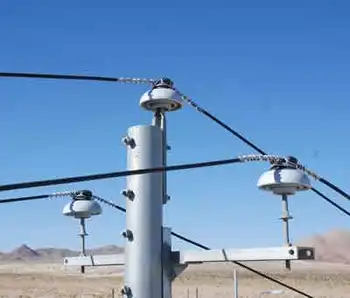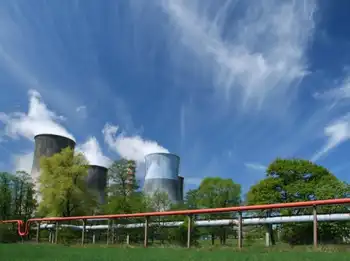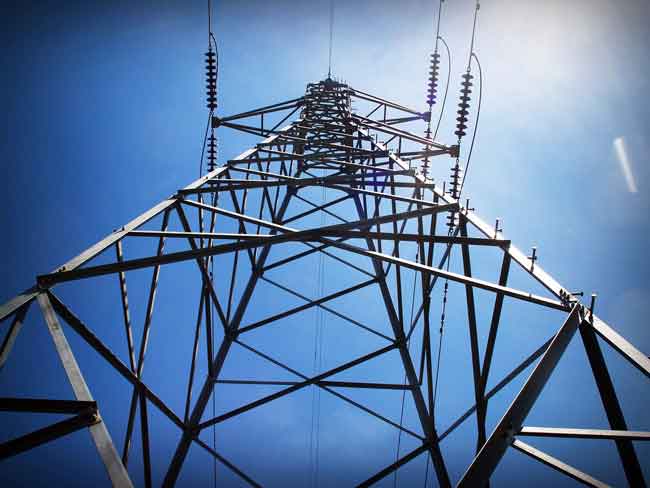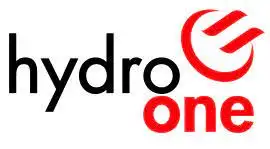Railway looks to increase efficiency of power plants
The expansion will consist of the construction of a three-mile water duct, additional water catchments, hydraulic lines and a pump station. These new installations will catch about 25 million cubic meters of water from three small mountain rivers to increase the Spullersee storage lake. The annual energy output of the power plant group will increase 33.3% from 150 gigawatt-hours (GWh) to 200 GWh. At the same time, the 80-year-old penstocks from the Spullersee power station will be replaced. ÖBB is planning to invest about $45 million in the expansion project.
Construction works are expected to be finished by the end of 2013.
The Spullersee power station became operational in 1925, with three 36-MW turbines that supplied electricity to the railway line in the valley. In 1953, the Braz power station went operational with three turbines that generated 20 MW.
ÖBB is planning the construction of the 130-MW pumped storage Tauernmoos hydropower station. Construction is scheduled to start in 2011, with completion set for 2014. The investment for the project is about $250 million.
ÖBB AG owns and operates 10 hydropower stations and five frequency converter plants. The company generates about 30% of its annual power requirements, while the rest is acquired from the public grid.
Related News
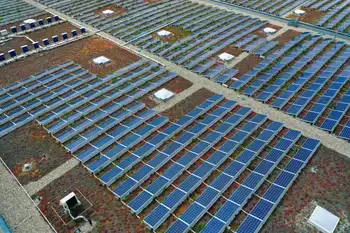
Renewable power surpasses fossil fuels for first time in Europe
LONDON - Renewable power for the first time contributed a bigger share in the European generation mix than fossil fuels as the fallout from the pandemic cut energy demand.
About 40 percent of the electricity in the first half in the 27 EU countries came from renewable sources, compared with 34 percent from plants burning fossil fuels, according to environmental group Ember in London. As a result, carbon dioxide emissions from the power sector fell 23 percent.
The rise is significant and encouraging for law makers as Europe prepares to spend billions of euros to recover from the virus and set the…


